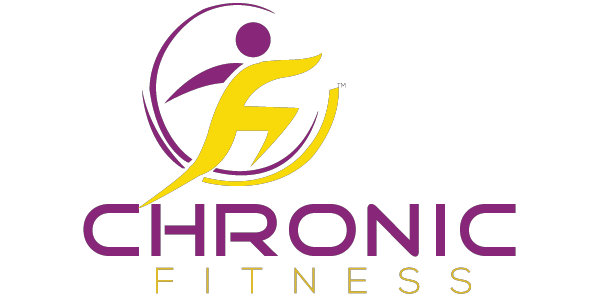
High Blood Pressure and Exercise

There is an assumption that though one suffers from some form of a chronic condition such as high blood tension (hypertension); that exercise is not an option for mending the problem. Though adding fitness to an already delicate situation may not totally solve what is happening; it can help lead you to a healthier lifestyle. Let’s briefly review what is HBP and why is it such a hot topic:
High Blood Pressure (Hypertension)
HBP as usually termed is when the blood that is pushed through the walls of your blood vessels is way too high. The blood needed to allow us to be is a complex circulatory system that works by tissues and organs that need oxygenated blood that your circulatory system carries throughout the body. When the heart beats, it creates pressure that pushes blood through a network of tube-shaped blood vessels, which include arteries, veins, and capillaries. This pressure — *blood pressure — is the result of two forces: The first force (systolic pressure) occurs as blood pumps out of the heart and into the arteries that are part of the circulatory system. The second force (diastolic pressure) is created as the heart rests between heartbeats. The systolic and diastolic numbers are what provide the readings on whether your pressure is too high or too low.
Anyone that suffers through HBP knows that it’s a big deal if either number is too high, and believe it or not, even when the numbers are way too low. The greenlight readings of 120/80 were standard, but now the new recommendation from the American Heart Association is:

Course of Action
Exercise helps in strengthening the heart and that is a big deal when dealing with HBP. Working through HBP is a process and any small action in handling the condition is a positive step to better health. Working through exercise and maintaining a moderate heart rate is suggested, as you want a heart rate that is up, but obviously not overdone. Various forms of aerobics (or low impact) that can help pump up that heart rate are the right steps, such as biking (motion or stationary) and walking. Strength training that uses weights should be discussed with your doctor, as you should be careful putting strenuous stress on the heart versus a healthy pump of the heart rate. Lastly, your diet has to be part of this conversation, as lowering fats and salt helps in maintaining normal blood pressure reads; Although adding some form of exercise is suggested, it can also depend on what your physician feels for your specific situation; Therefore, do discuss further with your physician.
Originally Printed in Harmony News
Yolanda Sarrabo CPT NASM
Chronic Fitness Personal Training Boutique Service


